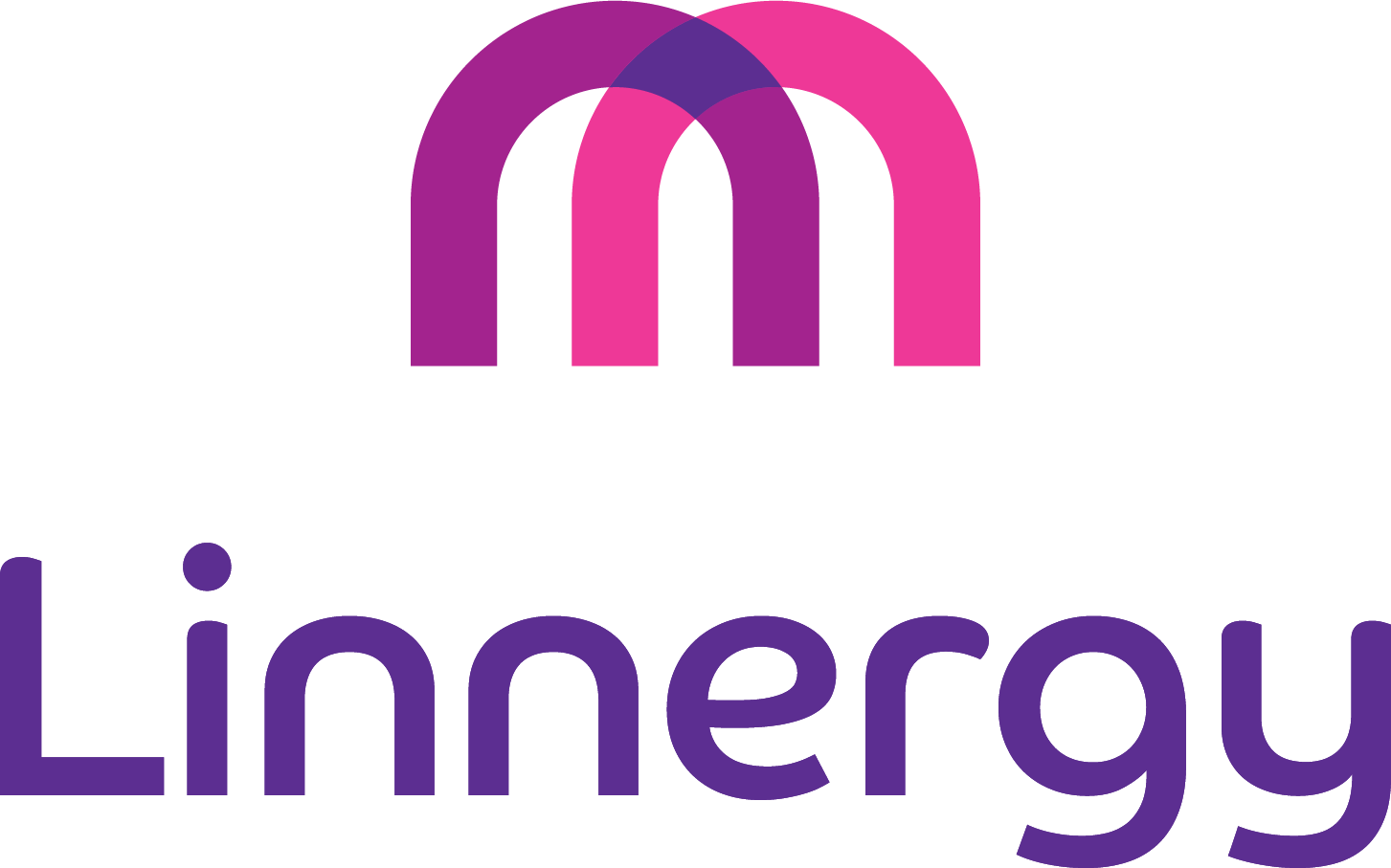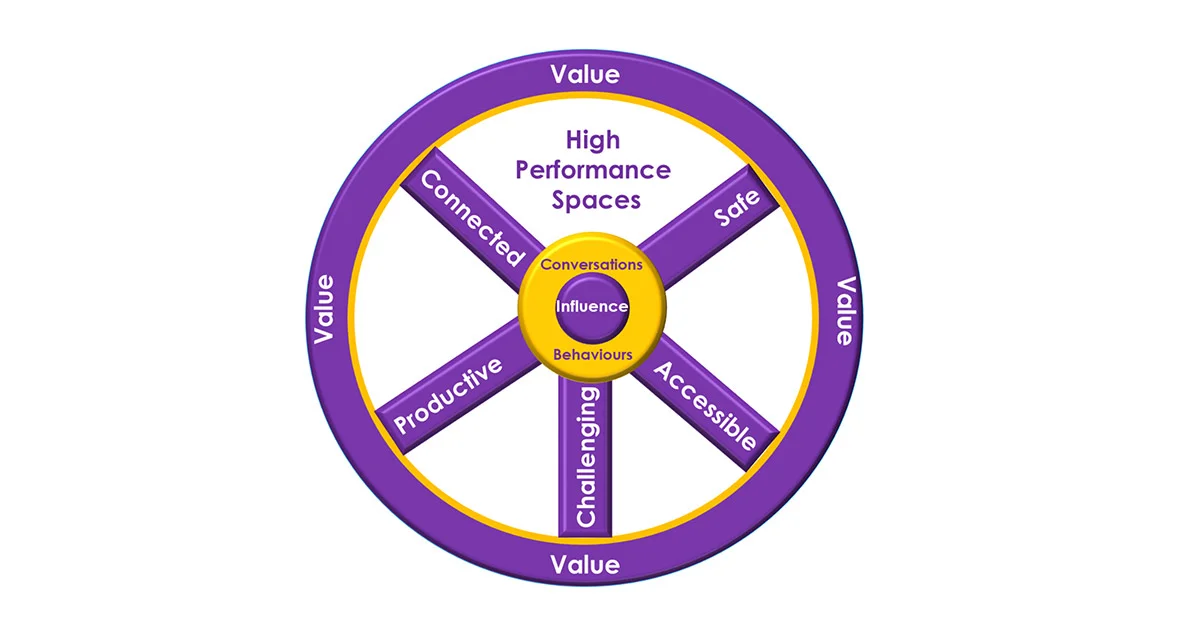Profitable Conver$ations
How many conversations in your business are ‘profitable’ – they create value, build stronger relationships and contribute to the strategy and culture that moves the organisation towards its goals? Some profitable conversations have an immediate impact (e.g. they secure a new client, delegate an urgent client-related task, improve a person’s performance) while others have a delayed impact (e.g. they kick-start an innovation project, make a meeting more productive or build stronger working relationships).
Conversations occur throughout your business all day, every day. They may be face to face, via the telephone, in webinars, via emails, Skype or texts etc. They are the foundation stones on which every activity in the organisation is built – nothing gets planned or implemented without some form of conversation.
If we want to have maximum impact on profit, it is hard to imagine a single more important lever in the business than the conversations we have. So, how can we make every conversation more profitable?
Let’s start by posing my original question the other way around: how many conversations in your business are unproductive or, worse still, counter-productive?
Why do we allow ourselves and others in our business to invest time in unprofitable conversations? We wouldn’t dream of investing our money in unprofitable businesses.
I can suggest some simple reasons:
Maybe you have never thought about conversations this way?
Maybe you are not sure what an unprofitable conversation is?
Maybe you are not sure how to retrieve unprofitable conversations and make them profitable?
What if you made it your personal challenge to ensure all your conversations are profitable? How would that change your business?
Here’s how you might do it.
I believe profitable conversations exhibit five key elements. They are safe, accessible, challenging, productive and connected. But what do I mean by this?
Here’s a table that explains my idea.
Safe:
Both physically and psychologically safe.
Supportive encouraging conversations that are free from judgement, personal attack and blame.
Accessible:
Both physically and psychologically accessible.
We are paying attention, listening, sensitive to the information needs of other people, avoid jargon and we keep the meeting moving but not so fast that those who need more time to process can’t engage.
Challenging:
Once we feel safe and the space is accessible we build higher levels of trust*. With higher levels of trust we can more comfortably discuss challenging ideas, such as questioning the status quo, naming underlying (and potentially sensitive) issues, and getting tough on processes (not people).
Connected:
This is the communication piece. How do we make sure that our conversations are informed by and informing to the broader organisation? How do we make sure our current conversation informs our next conversation?
* I define trust as the confidence that you will act in my best interests, particularly when I am vulnerable. With higher levels of trust you can be more effective in challenging people without them feeling threatened. Your closest friend can say things to you that you would not accept from others. Why? Because you trust them!
Without high levels of trust, challenging conversations quickly become threatening and unprofitable conversations.
Several years ago I was consulting to a six-partner practice which had a very strong managing partner at its helm. He was a driven person with very high standards and expectations, and loved by his clients. While he was a person I held in high regard – he did a lot for the practice – he had some fatal flaws.
His conversational style with his partners, in particular, was one that spent little or no time in the safe and accessible space; he went directly to challenging and productive. This created a situation where most meetings became ‘unsafe’ and ‘unprofitable’. Partners became defensive and as a result, little or nothing was achieved. He was unable (or unwilling) to change and this led to his ultimate demise – he left the practice. A loss to him and to the practice. So unnecessary.
Equally, I have worked with people who are so deeply concerned about creating a safe and accessible space they struggle to become challenging or productive. That means they simply don’t get results either.
Both types of conversations are unprofitable. Think about unprofitable conversations you have had in the last week or so. Which of the five elements were missing or weaker than they needed to be?
As leaders, it is our challenge to lead by example and demonstrate how all our organisation’s conversations can be profitable.
Warwick Cavell is a thought leader in communicating for results and strategy implementation. For over 25 years, he has helped leaders improve business performance by changing the way people communicate and work to solve problems – both internally and with their clients. He is a highly respected facilitator, coach, speaker and trainer, and author of regular blogs.











